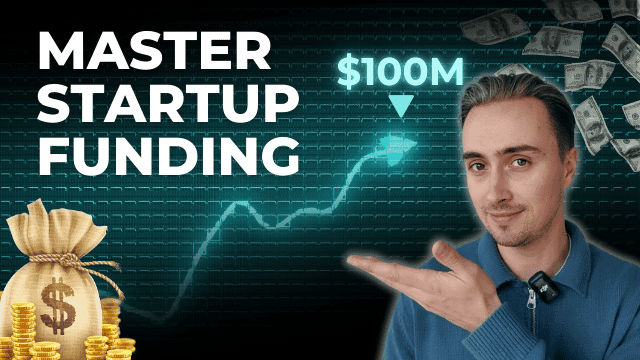
Browse all posts
Browse all posts
Browse all posts
[112]
[112]
[112]
All
Startup Ideas
Funding & Investors
Pitch Decks
Growth & Strategy
Operations & Process
AI & Tech
Market Models & Revenue
Tools & Platforms
Team & Leadership
Legal & Risk
Resource Hub
We share what we've learned about capital raising & growth for startups, enterprises & funds. No fluff, just honest perspectives from the trenches of client work.
Featured
Latest articles

Funding & Investors
Corporate Venture Capital (CVC) in 2025: Why Startups Are Choosing Corporates Over Traditional VCs?

Funding & Investors
Corporate Venture Capital (CVC) in 2025: Why Startups Are Choosing Corporates Over Traditional VCs?

Funding & Investors
Corporate Venture Capital (CVC) in 2025: Why Startups Are Choosing Corporates Over Traditional VCs?

Funding & Investors
How Tech Investors are shaping the Future of Startup Funding Ecosystem

Funding & Investors
How Tech Investors are shaping the Future of Startup Funding Ecosystem

Funding & Investors
How Tech Investors are shaping the Future of Startup Funding Ecosystem

Tools & Platforms
Investor Update Template: Write Reports That Build Trust

Tools & Platforms
Investor Update Template: Write Reports That Build Trust

Tools & Platforms
Investor Update Template: Write Reports That Build Trust

Tools & Platforms
10 Best AI Fundraising Tools 2026: Raise Capital Faster

Tools & Platforms
10 Best AI Fundraising Tools 2026: Raise Capital Faster

Tools & Platforms
10 Best AI Fundraising Tools 2026: Raise Capital Faster






Latest videos

Playing
Pop Mart Strategy Behind Labubu's BILLION-DOLLAR Success
October 3

How Startup Investors Source and Evaluate Deals (Ep.2) - by spectup
November 2

How to Invest in Startups (Even If You’re Not a Millionaire Yet) - by spectup
October 26

Why Market Size (TAM SAM SOM) No Longer Wins Investors in 2025 - by spectup
October 5

How Startup Investors Source and Evaluate Deals (Ep.2) - by spectup
Latest videos

How Startup Investors Source and Evaluate Deals (Ep.2) - by spectup

How to Invest in Startups (Even If You’re Not a Millionaire Yet) - by spectup

Why Market Size (TAM SAM SOM) No Longer Wins Investors in 2025 - by spectup

The Ultimate Guide to VENTURE CAPITAL Fundraising for Startup CEOs (10 Steps)

Pop Mart Strategy Behind Labubu's BILLION-DOLLAR Success
October 3

Playing
How Startup Investors Source and Evaluate Deals (Ep.2) - by spectup
November 2

How to Invest in Startups (Even If You’re Not a Millionaire Yet) - by spectup
October 26

Why Market Size (TAM SAM SOM) No Longer Wins Investors in 2025 - by spectup
October 5
Latest videos

How Startup Investors Source and Evaluate Deals (Ep.2) - by spectup

